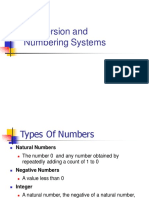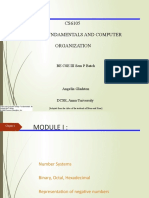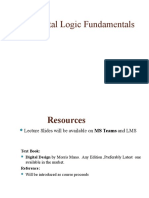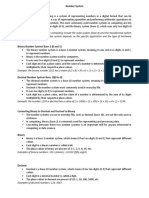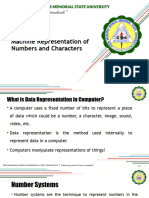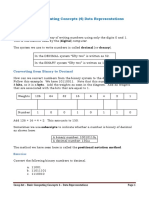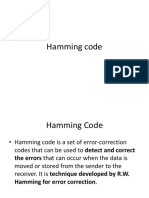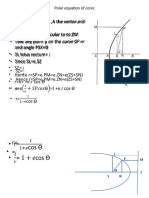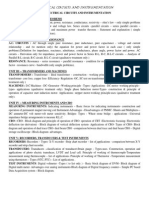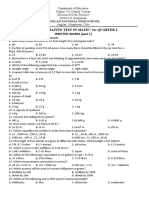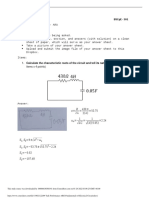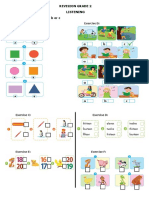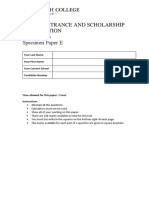0% found this document useful (0 votes)
14 views28 pagesLecture 1 Number System
The document outlines a course on Computer System Architecture, focusing on the Number System and its applications in computer design. It covers topics such as data representation, digital logic circuits, CPU organization, memory organization, and input-output systems. The syllabus includes various methods for converting between decimal and binary number systems, alongside principles of data representation in computers.
Uploaded by
goutam sanyalCopyright
© © All Rights Reserved
We take content rights seriously. If you suspect this is your content, claim it here.
Available Formats
Download as PDF, TXT or read online on Scribd
0% found this document useful (0 votes)
14 views28 pagesLecture 1 Number System
The document outlines a course on Computer System Architecture, focusing on the Number System and its applications in computer design. It covers topics such as data representation, digital logic circuits, CPU organization, memory organization, and input-output systems. The syllabus includes various methods for converting between decimal and binary number systems, alongside principles of data representation in computers.
Uploaded by
goutam sanyalCopyright
© © All Rights Reserved
We take content rights seriously. If you suspect this is your content, claim it here.
Available Formats
Download as PDF, TXT or read online on Scribd
/ 28


